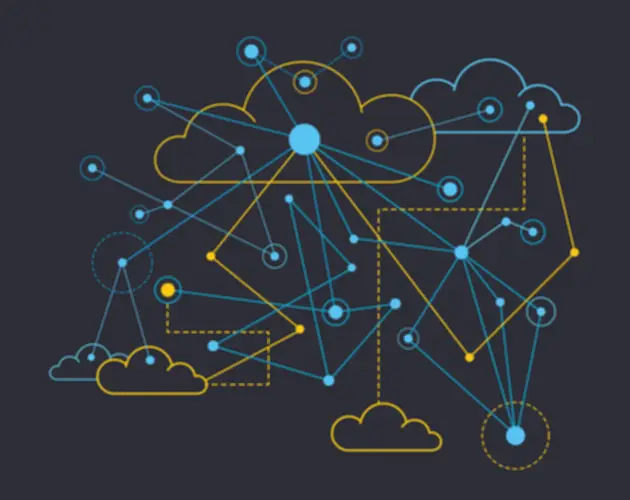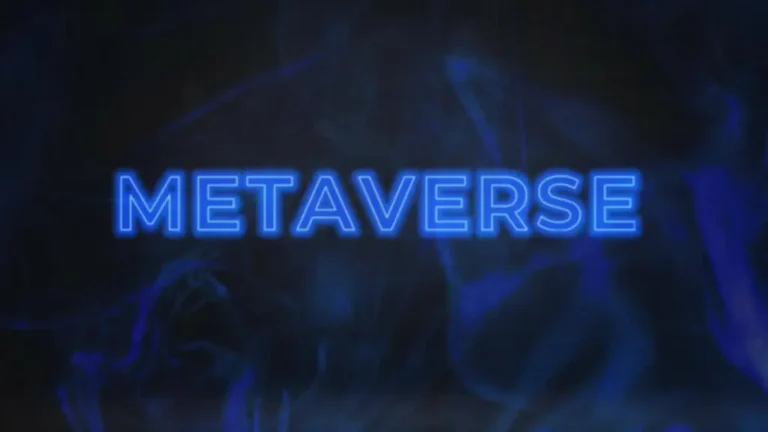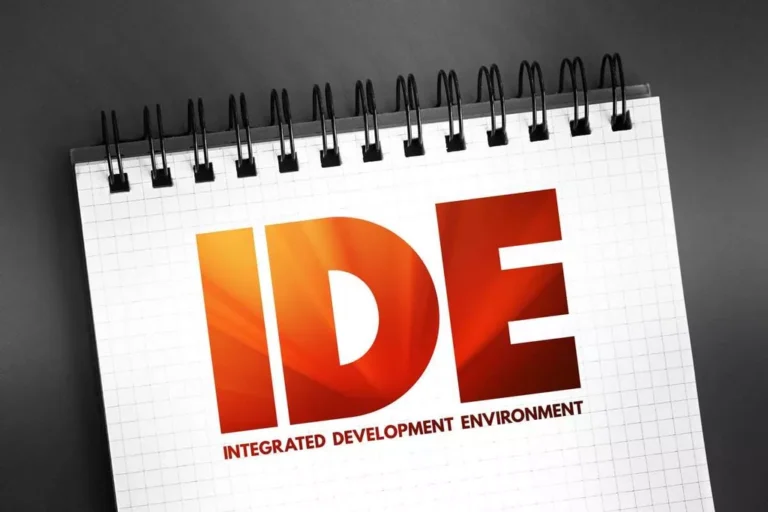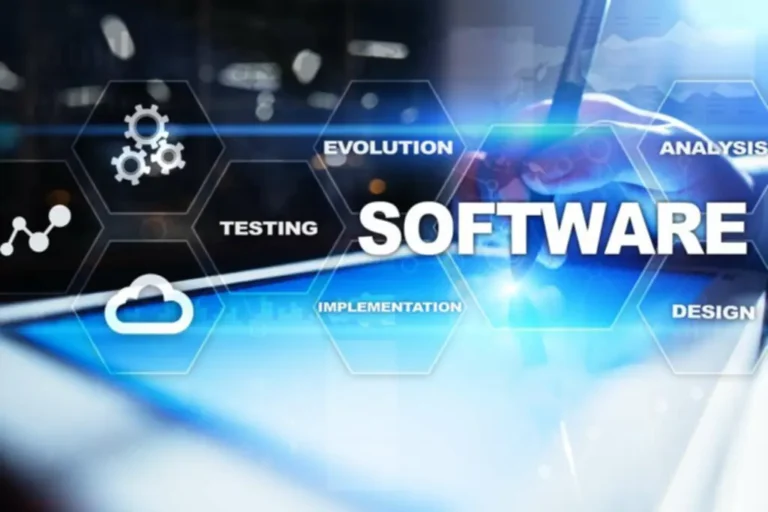Risk Assessment: Process, Instruments, & Strategies
Counterparty danger is the probability or chance that a sort of concerned in a transaction may default on its contractual obligation. Counterparty threat can exist in credit score, investment, and buying and selling transactions, especially for those occurring in over-the-counter (OTC) markets. Financial investment https://www.globalcloudteam.com/ products such as stocks, options, bonds, and derivatives carry counterparty threat.
Who Ought To Carry Out Threat Assessments?
Identifying hazards by using the chance assessment process is a key component in guaranteeing the health and safety of your workers and clients. According to regulations what is risk level set by OSHA, assessing hazards or potential dangers will determine the personal protecting gears and gear a worker may need for his or her job. It is recommended for organizations to schedule periodic risk assessments by either inside or external events, corresponding to IT danger assessments, and incorporate these findings into the central threat matrix.
What Are The Highest 5 Operational Threat Categories?
Since danger evaluation is subjective, it’s vital to get all kinds of stakeholder enter — doing so minimizes the probabilities of missing something valuable. Depending on likelihood and severity, risks may be categorized as excessive, reasonable, or low. As part of the chance management process, companies use risk matrices to help them prioritize completely different risks and develop an acceptable mitigation technique.

Classification Examples For Medium Risk Servers

This danger impacts the entire organization and can be an example of an enterprise-level threat. Meanwhile, at the project stage, COVID-19 might pose a “key person” and timeline threat if a staff member essential to the project contracts COVID-19 and is unable to work for a big time period. This threat might not have an result on the entire group however considerably influence the project.

Information Danger Classification Examples

In conclusion, risk administration framework impression ranges are a important part of any risk administration strategy. By understanding the fundamentals, significance, and advantages of impression levels, organizations can prioritize their risks, allocate resources efficiently and proactively mitigate risks. Incorporating suggestions and continuous improvement in danger administration methods, and regularly monitoring influence level metrics may help make positive that the framework remains relevant and effective over time.

Risk Evaluation Matrix: Overview And Guide
Whereas a JSA focuses on job-specific dangers and is usually carried out for a single task, assessing each step of the job. Every firm needs a complete enterprise threat management (ERM) strategy to determine, assess and handle risks consistently across important business processes, in all business items. But true risk aggregation and integration can only be achieved after the institution of a hierarchical frequent language of risk and common risk-rating scales. As talked about beforehand, having a complete view of today’s modern risk panorama is important for preventing worth losses. All corporations should tackle some degree of danger to be able to succeed, however calculated risks based mostly on a robust risk evaluation will assist businesses tackle dangers in a means that helps obtain goals.

This tool allows Environment, Health, and Safety (EHS) professionals conduct thorough risk assessments, having 5 ranking ranges for every component for a extra accurate evaluation. With the 5×5 threat matrix explained, in comparability with other versions like 3×3 and 4×4, the 5×5 version offers a extra thorough means of score risks utilizing a 5-point scale. Any risk score formulation allows a business to be well knowledgeable about all the potential dangers that may cause an impact on the enterprise, along with the likelihood of the event’s incidence. However, the criteria for ranking the dangers of the entity and the assorted methods to do so range from firm to firm or from business to industry.
- Organizations should regularly evaluation and replace their threat management methods to make certain that they proceed to be effective in addressing new and rising risks.
- The matrix assesses risks based mostly on their chance and consequence, assigning each threat a rating that corresponds to a specific cell within the matrix.
- A important danger standing indicates that a system has a extreme and quick threat of destructive events.
Prioritize these dangers that pose the highest probability and impact, and create a risk assessment plan to successfully mitigate them. Web-based risk matrices can routinely calculate a hazard’s danger after you select its likelihood and severity, saving you time. After figuring out steps to mitigate the risk, security software program can even assist you to take your evaluation a step additional by permitting you to calculate the hazard’s residual risk after controls are set. Another instance of a successful threat management technique was the implementation of security protocols and procedures by NASA during the Apollo 13 mission.
At the beginning of the article, we asked you to draw a line to replicate your acceptable danger degree. Your group ought to be matched with appropriate cybersecurity tools and programs to assist decrease cyberattacks. Simplify how you manage threat and regulatory compliance with a unified GRC platform fueled by AI and all your knowledge. This is particularly true of non-guaranteed investments, corresponding to shares, bonds, mutual funds, and exchange-traded funds (ETFs).
Additionally, frequently reviewing and updating risk management plans may help organizations keep ready for potential dangers and decrease their impression on enterprise activities. Furthermore, risk administration framework influence levels additionally aid in prioritizing risks. By categorizing risks based on their potential impact, organizations can focus their resources on addressing probably the most critical dangers first. This approach helps to reduce the likelihood and impact of potential risks, finally resulting in a extra resilient organization. Additionally, impression ranges can be utilized to track the effectiveness of threat management methods over time, permitting organizations to adjust their approach as wanted to ensure continued success.
Finding the best balance between danger and return helps traders and business managers obtain their financial objectives via investments that they are often most comfy with. A risk evaluation is a systematic course of used to identify potential hazards and risks in a state of affairs, then analyze what would happen ought to these hazards happen. Another means expertise is altering threat management is thru using synthetic intelligence (AI) and machine learning. These technologies can help organizations determine potential dangers and predict future dangers primarily based on historic knowledge. This allows organizations to take proactive measures to mitigate dangers earlier than they happen.


Commenti recenti